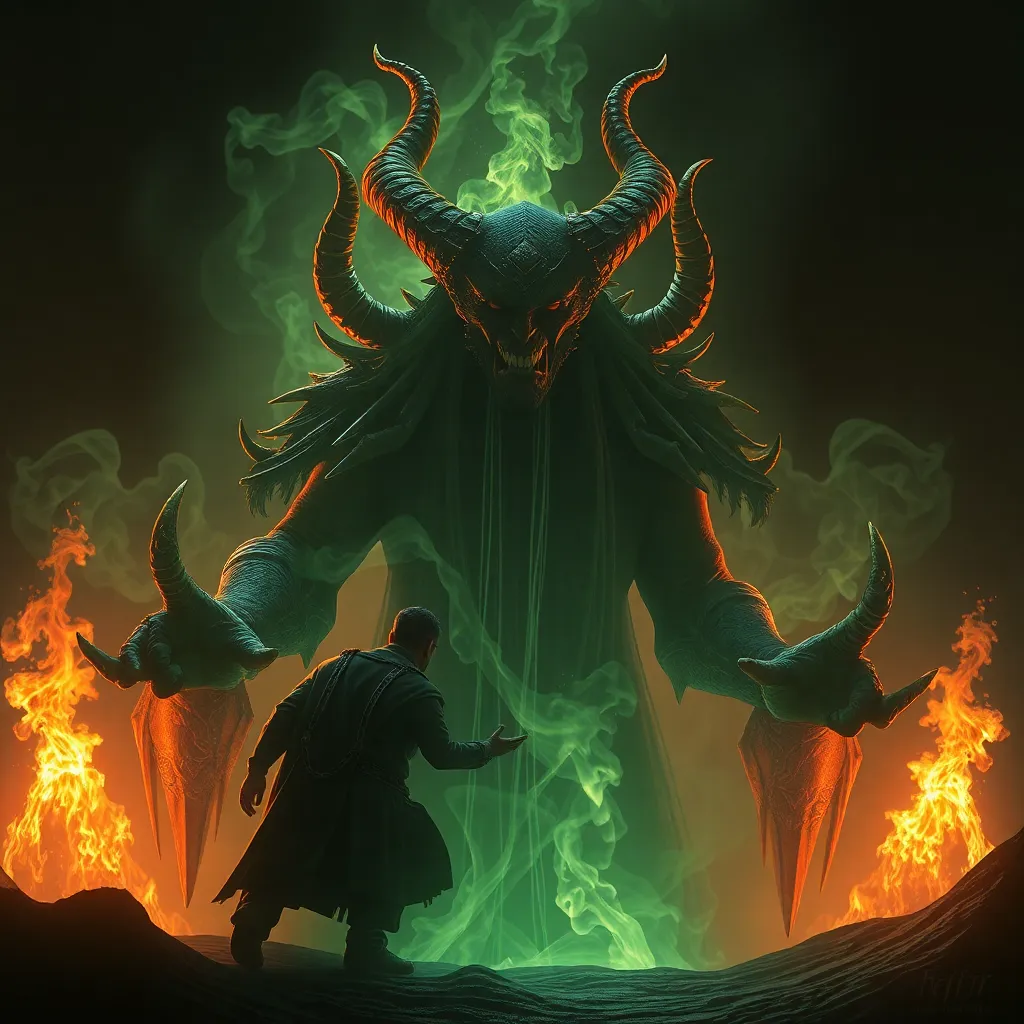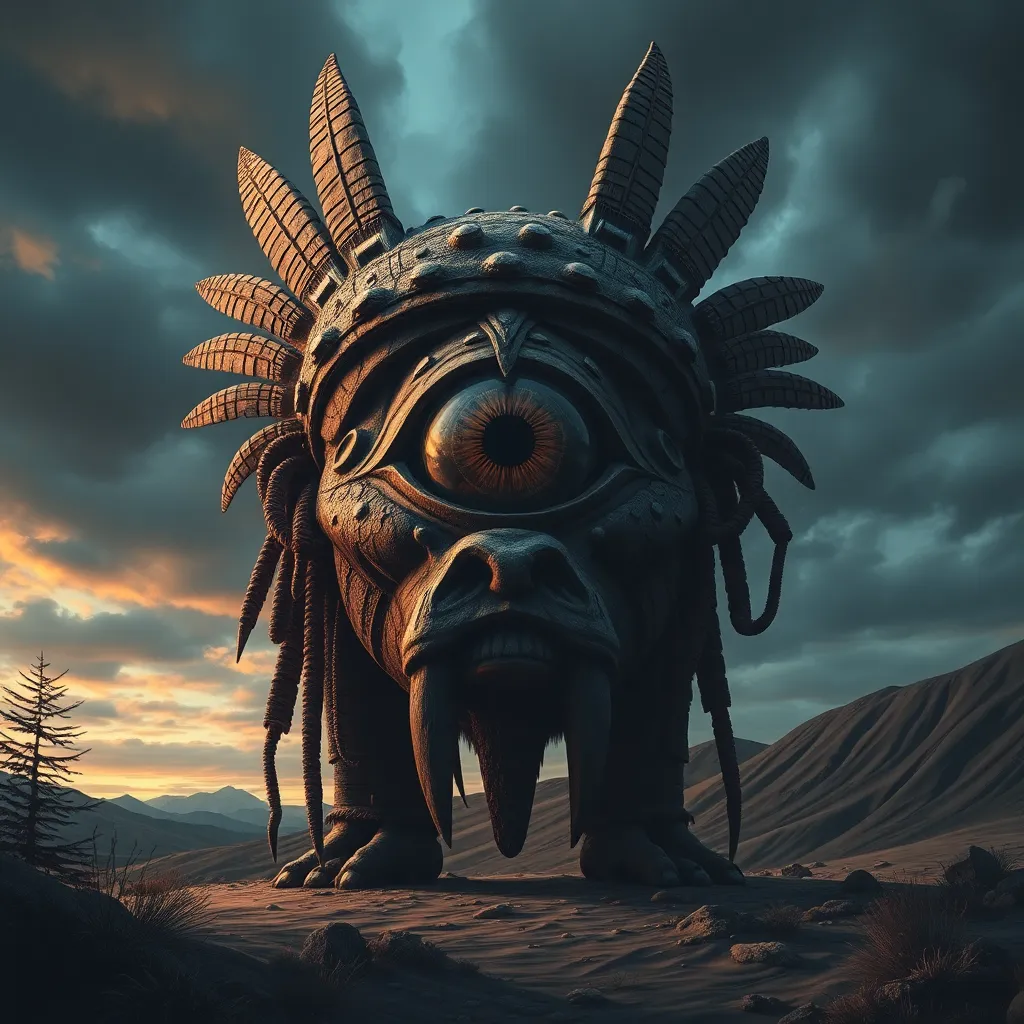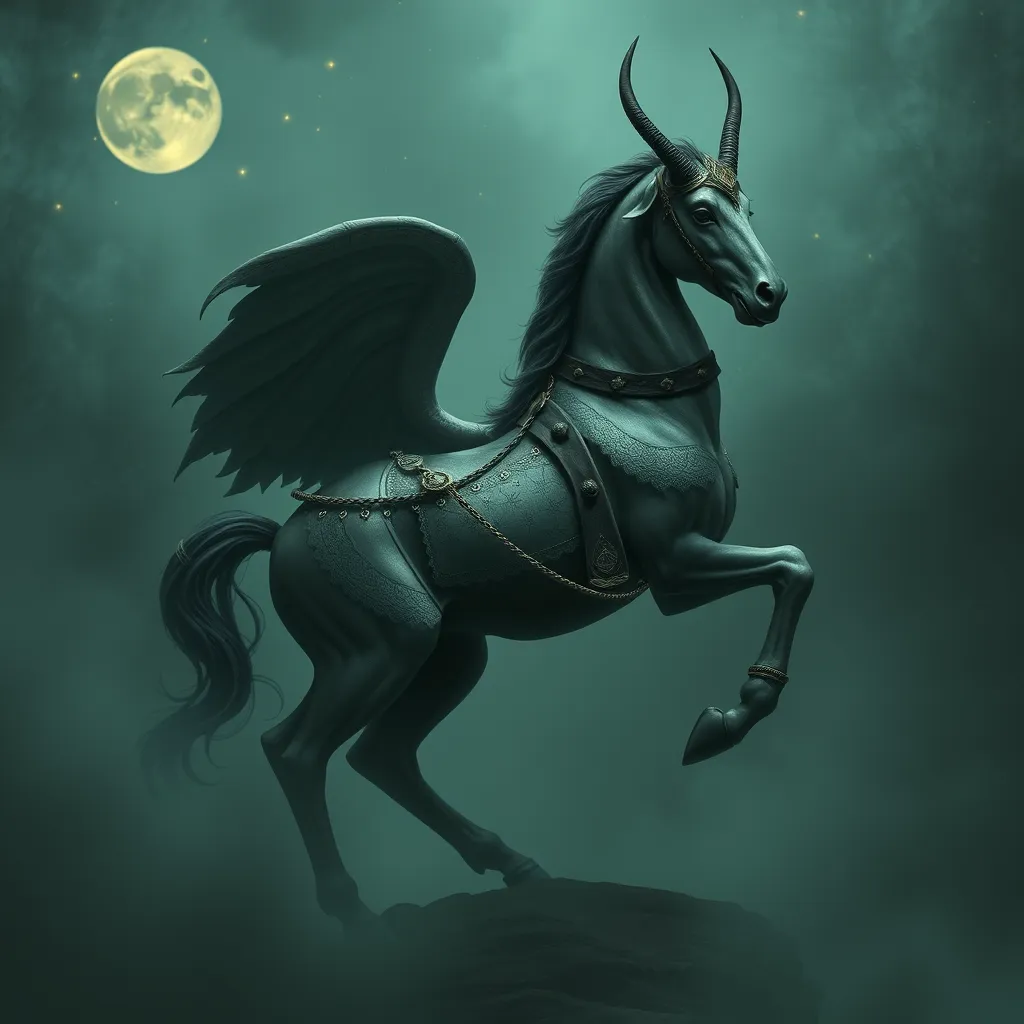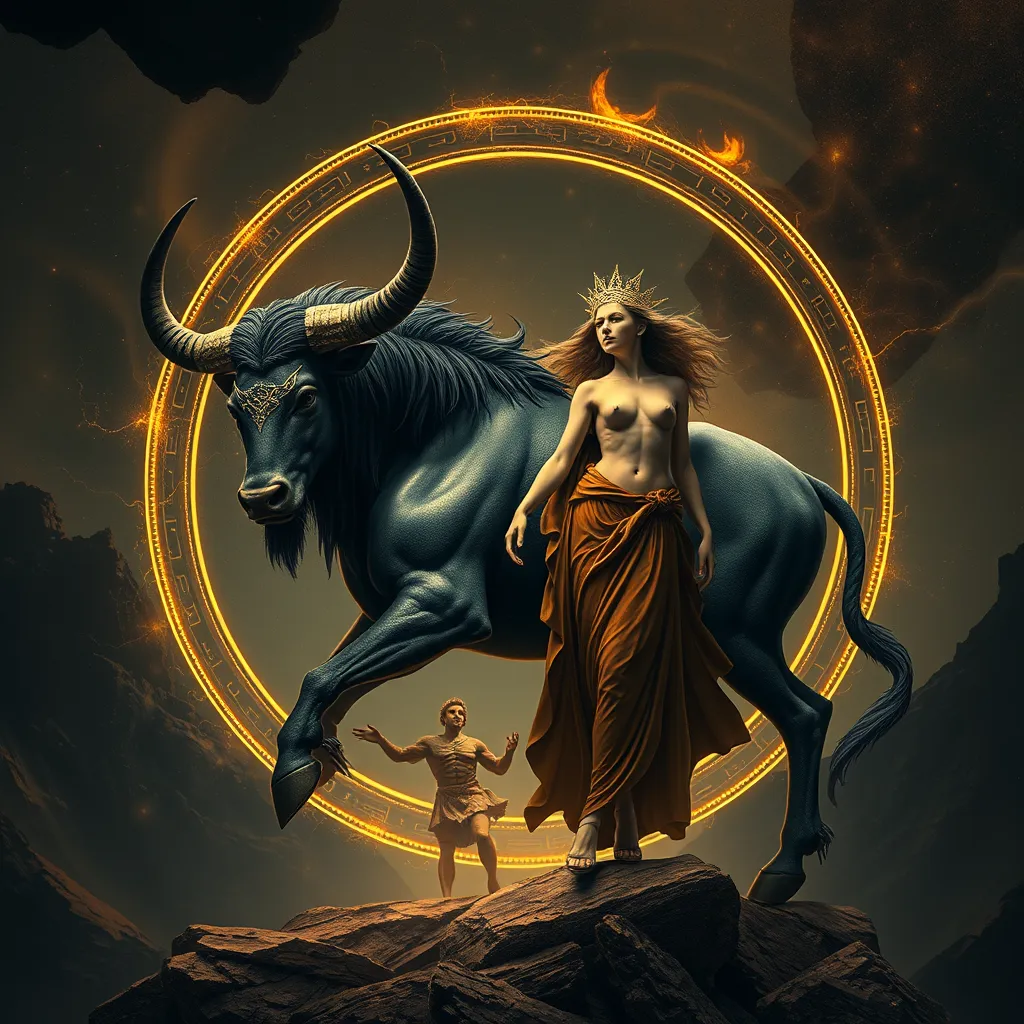The Ifrit in Modern Culture: Appearances in Movies, Books, and Videogames
I. Introduction
The Ifrit, a mythical creature rooted in Islamic mythology, is often depicted as a powerful and malevolent spirit, associated with fire and chaos. Originating from ancient Arabic folklore, the Ifrit has transcended its cultural boundaries, becoming a prominent figure in various narratives across the globe.
In many cultures, the Ifrit symbolizes both destruction and strength, embodying the dual nature of fire as a source of life and a harbinger of death. As a result, the Ifrit has captured the fascination of writers, filmmakers, and game developers, leading to numerous representations in modern media.
This article aims to explore the Ifrit’s representation in contemporary culture, focusing on its appearances in literature, film, and video games, while also examining the themes and symbolism associated with this intriguing character.
II. The Ifrit in Literature
A. Traditional literary references and adaptations
The Ifrit is prominently featured in classical texts, such as “One Thousand and One Nights,” where it is portrayed as a formidable adversary to heroes and a source of magical power. These stories have laid the foundation for its modern interpretations.
B. Contemporary novels featuring Ifrit characters
In recent years, the Ifrit has reappeared in various contemporary novels, often reimagined within different contexts. For instance:
- “The City of Brass” by S.A. Chakraborty: This novel incorporates Ifrit as powerful beings that interact with the protagonist in a richly woven narrative.
- “The Golem and the Jinni” by Helene Wecker: While primarily focused on other mythological beings, the Ifrit serves as a cultural touchstone in the backdrop of the story.
C. Analysis of thematic elements surrounding the Ifrit in modern storytelling
Modern interpretations of the Ifrit often explore themes of identity, power, and the dichotomy of good versus evil. The character is frequently placed in situations that challenge its inherent nature, leading to complex narratives that question morality and the consequences of power.
III. The Ifrit in Film
A. Notable movies featuring Ifrit or Ifrit-like entities
The Ifrit has made its way into various films, either directly or through similar entities. Some notable examples include:
- “The Thief of Bagdad” (1940): This classic film features a powerful genie reminiscent of the Ifrit.
- “The Mummy” (1999): While not explicitly an Ifrit, the film includes supernatural beings that embody similar traits.
B. Comparison of different cinematic portrayals
Cinematic portrayals of the Ifrit often vary, ranging from terrifying adversaries to tragic figures. Some films depict the Ifrit as an uncontrollable force of nature, while others explore its potential for redemption and understanding.
C. Impact of visual effects on the representation of the Ifrit
Advancements in visual effects technology have allowed filmmakers to bring the Ifrit to life in ways that were previously unimaginable. The depiction of fire and chaos can be crafted to create a more immersive experience, enhancing the character’s impact on the audience.
IV. The Ifrit in Video Games
A. Overview of popular video games that include Ifrit
The Ifrit has become a staple in many video games, often serving as a powerful summon or boss character. Some of the most notable games include:
- “Final Fantasy” series: Ifrit is a recurring summon, known for its devastating fire attacks.
- “Doom” series: The character of the Ifrit is often mirrored in the form of fire demons.
B. Gameplay mechanics influenced by Ifrit lore
In many games, the Ifrit’s association with fire translates into unique gameplay mechanics, such as:
- Area-of-effect fire attacks
- Passive abilities that enhance damage output
- Summoning mechanics that allow players to call upon the Ifrit for assistance in battles
C. Character design and evolution of Ifrit in gaming culture
Over time, the design of the Ifrit in video games has evolved, reflecting changes in art style and player expectations. Modern interpretations often emphasize a more intricate design, showcasing detailed flame effects and powerful animations.
V. Symbolism and Themes Associated with the Ifrit
A. Common motifs linked to the Ifrit in modern interpretations
The Ifrit is often associated with various motifs, including:
- Fire and destruction
- Chaos and power
- Transformation and rebirth
B. Exploration of fire, power, and chaos as represented by the Ifrit
Fire serves as a dual symbol in Ifrit narratives, representing both creation and destruction. The Ifrit’s power often challenges characters to confront their own limitations and moral choices.
C. The role of the Ifrit in discussions of morality and ethics in media
The Ifrit’s complex nature—balancing between a destructive force and a potential ally—invites discussions around ethics and moral ambiguity in modern storytelling. This duality encourages audiences to explore deeper questions of right and wrong.
VI. Cultural Impact and Reception
A. Audience reception of Ifrit characters in media
Audiences have reacted positively to the representation of the Ifrit, appreciating its depth and the rich cultural history it embodies. This reception often varies depending on the context in which the Ifrit is portrayed.
B. The Ifrit as a symbol in popular culture and fandoms
The Ifrit has become a symbol within various fandoms, often representing rebellion, power, and the struggle against oppression. Its imagery is frequently used in fan art, cosplay, and merchandise.
C. Cross-cultural influences and adaptations of the Ifrit concept
The concept of the Ifrit has influenced various cultures, leading to adaptations that reflect local beliefs and narratives, showcasing its versatility as a mythological figure.
VII. The Future of the Ifrit in Modern Media
A. Potential new representations in upcoming films, books, and games
As creators continue to explore mythological themes, the Ifrit is likely to appear in new forms that reflect contemporary issues and perspectives, potentially becoming a symbol of resilience and transformation.
B. The evolution of the Ifrit mythos in the digital age
With the rise of digital storytelling and interactive media, the Ifrit’s mythos may evolve to engage audiences in more dynamic ways, allowing for personalization of the Ifrit’s narrative journey.
C. Predictions for the Ifrit’s role in future narratives
Future narratives may delve deeper into the Ifrit’s origins and nature, offering fresh perspectives that challenge traditional interpretations and resonate with modern audiences.
VIII. Conclusion
The Ifrit has journeyed through modern culture, adapting and evolving with each new representation. From literature to film and video games, its portrayal continues to inspire and captivate audiences worldwide.
As we explore the Ifrit’s role in contemporary storytelling, it becomes clear that this mythical figure remains relevant, serving as a powerful symbol of the complexities of human nature and the struggles we face.
By appreciating the diverse mythological influences in media, we can gain a deeper understanding of our own narratives and the universal themes that connect us all.



